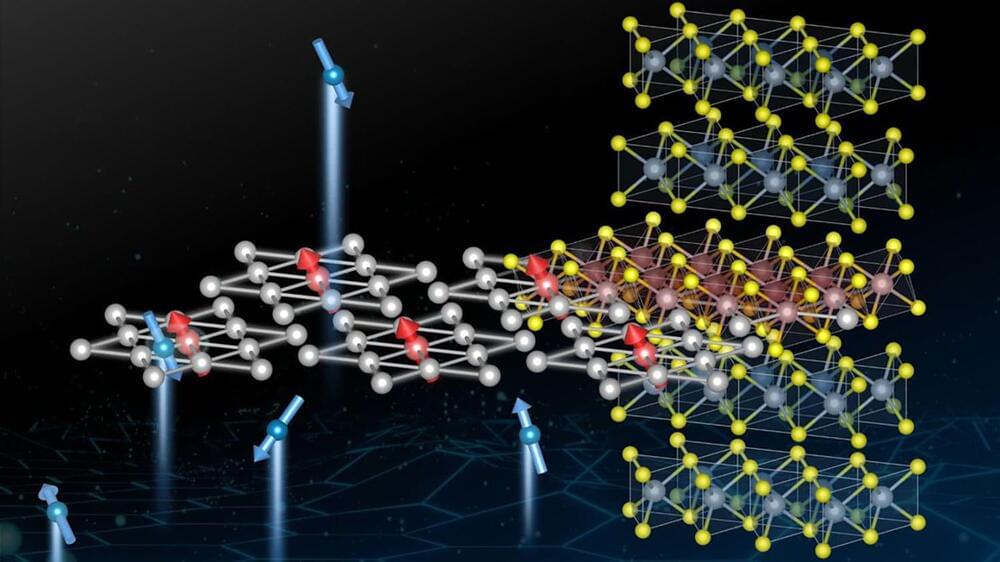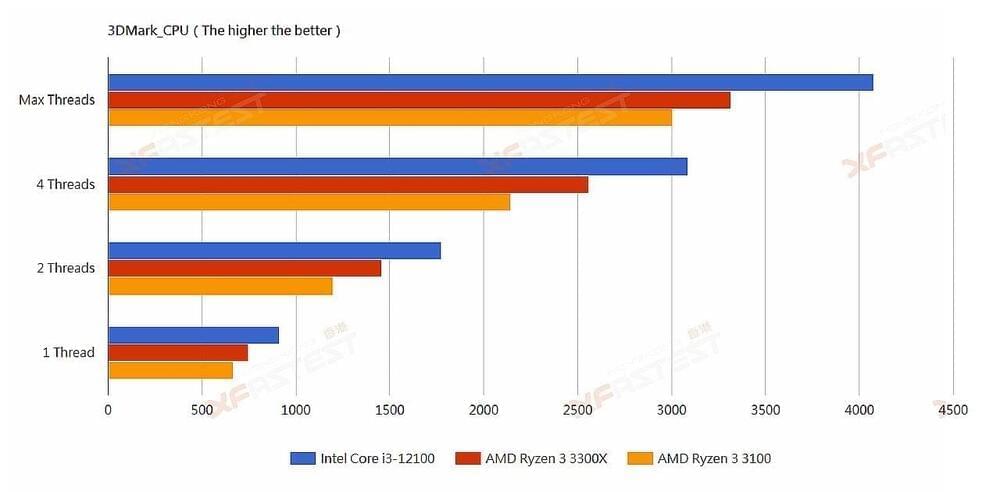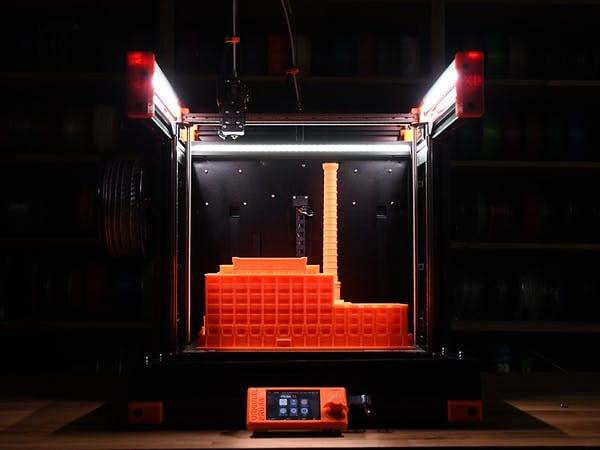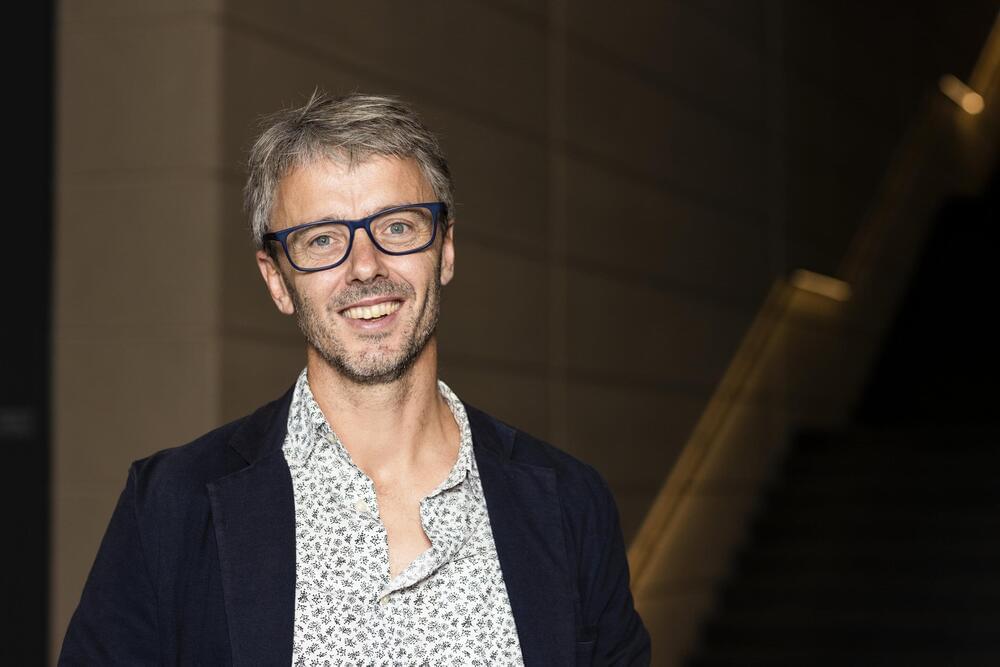Quantum physics across dimensions: Unidirectional Kondo Scattering.



An Italian energy storage company, Energy Dome, has announced the close of its $11M Series A fundraise, with the goal of deploying the first commercially viable CO2 battery in a demonstration project in its native Sardinia, Italy. The proposed 100 megawatt-hours (MWh) CO2 Battery could support the increased use of renewable power in the generation mix and address the growing need for energy storage on electrical grids.
The CO2 Battery’s optimal charge/discharge cycle ranges from 4 to 24 hours, positioning it perfectly for daily and intra-day cycling. The company points out that this is a fast-growing market segment, not well served by existing battery technologies. Significantly, the CO2 Battery can be charged during the daytime when there is a surplus solar generation and dispatched during the subsequent evening and next-morning peaks, when solar generation falls short of demand. The modular, scalable energy storage solution will allow for solar and wind generation to be dispatchable 24 hours per day.
Using low-cost, off-the-shelf components, the company claims that its CO2 battery achieves a 75–80% round-trip efficiency. Unlike lithium-ion batteries, which degrade significantly in performance after roughly a decade of use, the battery maintains its performance during its expected 25-year operational life. This means the cost of the storage will be about half of the cost of storing with similar-sized lithium-ion batteries.

It seems Intel is set to retake the PC performance crown convincingly with its 12 generation Alder Lake processors, even in the affordable price segment.
A leaked sample of the Core i3-1200 version of the processor has been benchmarked by Chinese hardware site XFASTEST and it crushes the competition in the price segment.
When compared to AMD Zen 2-based Ryzen 3 3300X and 3,100 DIY CPUs, the Intel Core i3-1200 processor paired with the ASRock Z690 Steel Legend WiFi 6E DDR4 motherboard outperformed the AMD processors in most benchmarks as can be seen below:

At its re: Invent 2021 conference today, Amazon announced Graviton3, the next generation of its custom ARM-based chip for AI inferencing applications. Soon to be available in Amazon Web Services (AWS) C7g instances, the company says that the processors are optimized for workloads including high-performance compute, batch processing, media encoding, scientific modeling, ad serving, and distributed analytics.
Alongside Graviton3, Amazon unveiled Trn1, a new instance for training deep learning models in the cloud — including models for apps like image recognition, natural language processing, fraud detection, and forecasting. It’s powered by Trainium, an Amazon-designed chip that the company last year claimed would offer the most teraflops of any machine learning instance in the cloud. (A teraflop translates to a chip being able to process 1 trillion calculations per second.)
As companies face pandemic headwinds including worker shortages and supply chain disruptions, they’re increasingly turning to AI for efficiency gains. According to a recent Algorithmia survey, 50% of enterprises plan to spend more on AI and machine learning in 2021, with 20% saying they will be “significantly” increasing their budgets for AI and ML. AI adoption is, in turn, driving cloud growth — a trend of which Amazon is acutely aware, hence the continued investments in technologies like Graviton3 and Trn1.

The electronics were also improved with a new full-color touchscreen interface and a modular wiring system. An RGB LED lighting system adds nice ambiance and could help users create more exciting time lapse videos of their prints. Prusa is even considering releasing an official, though unsupported, Klipper firmware for those users who have grown to love Klipper in other CoreXY printers.
The most exciting feature by far, however, is the new swappable toolhead system. This is similar to the E3D ToolChanger design and lets the printer switch between different extruders during a print, allowing for multicolor or multi-material prints. An innovative calibration routine ensures that quality doesn’t suffer after a tool change.
Prusa Research hasn’t yet announced an official release date, but you can reserve a pre-order by placing a $200 deposit right now. A semi-assembled Prusa XL with a single toolhead will cost $1,999. A Prusa XL with dual toolheads will cost $2,499 and a Prusa XL with five toolheads will cost $3,499.



The lower-end Snapdragon 7c+ Gen 3 offers a more modest 60% jump in multi-core CPU performance, and 30% in single-core workloads. The GPU gets a meaningful 70% boost as well.
Qualcomm says the 8cx Gen 3 is manufactured on the 5nm process node, which suggests that it uses Arm’s Cortex-X1 cores or a modified Kryo 680 design — not the newer Arm Cortex-X2. In that respect, it seems similar to the Snapdragon 888, its previous flagship mobile SoCs. Still, the decision to move away from 7nm should mean better performance per watt. But just how powerful is this new high-end chip?
In terms of CPU performance, last year’s Snapdragon 8cx Gen 2 went toe-to-toe with ultrabook-class chips such as the low-power, 15W variant of the Intel i5 processor. That was a fairly decent showing from Qualcomm, especially considering that the Snapdragon chip consumed half as much power at 7W.

For the first time, computer scientists and mathematicians have used artificial intelligence to help prove or suggest new mathematical theorems in the complex fields of knot theory and representation theory.
The astonishing results have been published today in the pre-eminent scientific journal, Nature.
Professor Geordie Williamson is Director of the University of Sydney Mathematical Research Institute and one of the world’s foremost mathematicians. As a co-author of the paper, he applied the power of Deep Mind’s AI processes to explore conjectures in his field of speciality, representation theory.